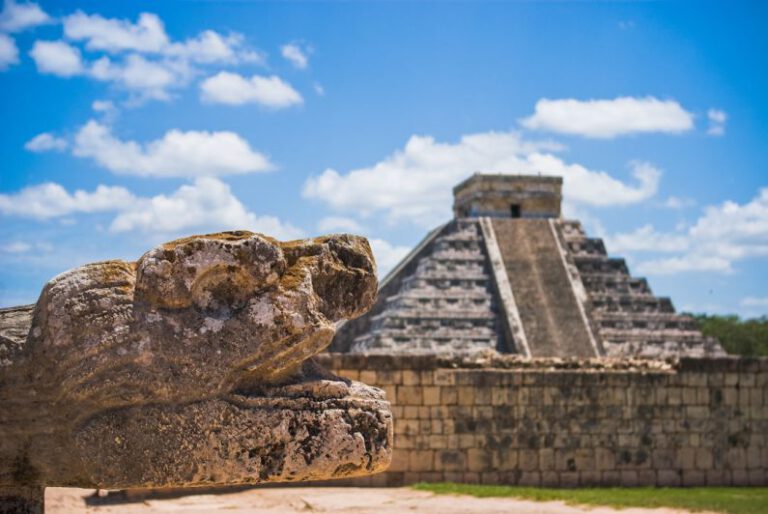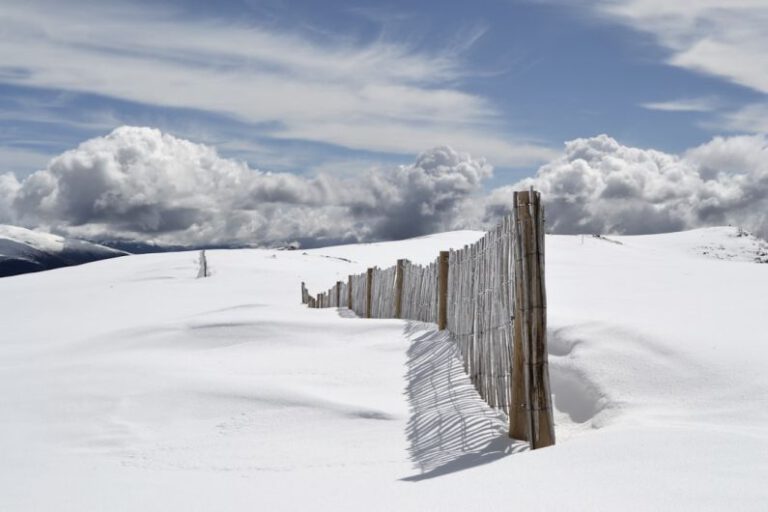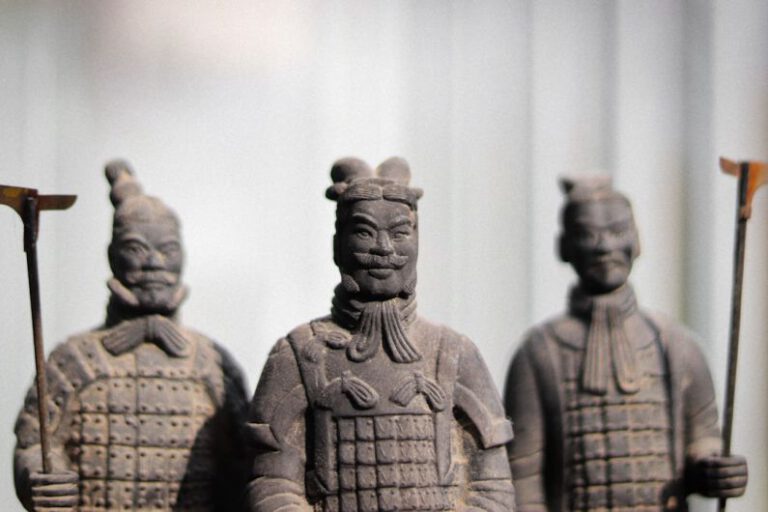Mesmerizing Troglodyte Villages, Iran: Reality or Myth?
Nestled within the rugged landscapes of Iran are the enigmatic troglodyte villages that have captivated the imagination of travelers and historians alike. These ancient settlements, carved into the rocky hillsides, evoke a sense of wonder and intrigue, sparking debates about their origins and the lives of the people who once inhabited them. Are these troglodyte villages a figment of folklore, or do they truly exist as tangible remnants of a bygone era?
Unveiling the Mysteries of Troglodyte Villages
Venturing into the heart of Iran, travelers are greeted by the surreal sight of troglodyte villages that seem to emerge organically from the earth itself. These unique settlements, also known as cave dwellings, are characterized by their intricate architecture, with homes, storage rooms, and communal spaces hewn into the rocky cliffs. The term “troglodyte” itself is derived from the Greek words for “cave” and “to live,” underscoring the close relationship between these villages and the natural environment in which they are situated.
Exploring the Origins of Troglodyte Living
The origins of troglodyte villages in Iran are shrouded in mystery, with some scholars tracing their roots back to ancient civilizations that sought shelter in the rocky terrain for protection from invaders and harsh weather conditions. However, the prevalence of troglodyte dwellings across different regions of Iran suggests a more widespread and enduring tradition of cave living that transcends specific historical periods.
Unraveling the Daily Life of Troglodyte Communities
To understand the reality of troglodyte villages in Iran, one must delve into the daily lives of the communities that once thrived within these rocky enclaves. Despite the challenges posed by living in such rugged environments, the inhabitants of troglodyte villages demonstrated remarkable resilience and ingenuity in adapting to their surroundings. From cultivating terraced gardens on the cliffs to constructing elaborate water management systems, these communities developed sophisticated techniques to sustain their livelihoods in harmony with nature.
Witnessing the Legacy of Troglodyte Architecture
The architectural legacy of troglodyte villages in Iran is a testament to the creativity and craftsmanship of their builders. The intricate carvings and decorative motifs adorning the cave walls reflect a deep appreciation for aesthetics and a reverence for the natural beauty of the landscape. Moreover, the layout of troglodyte settlements, with interconnected chambers and passageways, hints at a strong sense of community and shared identity among their inhabitants.
Contemplating the Future of Troglodyte Villages
As the modern world encroaches upon the traditional way of life in Iran, the future of troglodyte villages hangs in the balance. While some of these ancient settlements have been preserved as cultural heritage sites, others face the threat of neglect and decay. It is imperative for efforts to be made to safeguard these unique architectural marvels and to ensure that the legacy of troglodyte communities is not lost to the sands of time.
In Conclusion: Embracing the Enchantment of Troglodyte Villages
In the realm of troglodyte villages in Iran, reality and myth intertwine to create a tapestry of wonder and enchantment. These ancient settlements stand as testaments to the ingenuity and resilience of past civilizations, beckoning us to contemplate the mysteries of their origins and the legacy they have bequeathed to the present day. Whether viewed as tangible remnants of a bygone era or as timeless symbols of human creativity, troglodyte villages continue to fascinate and inspire all who venture into their rocky embrace.






